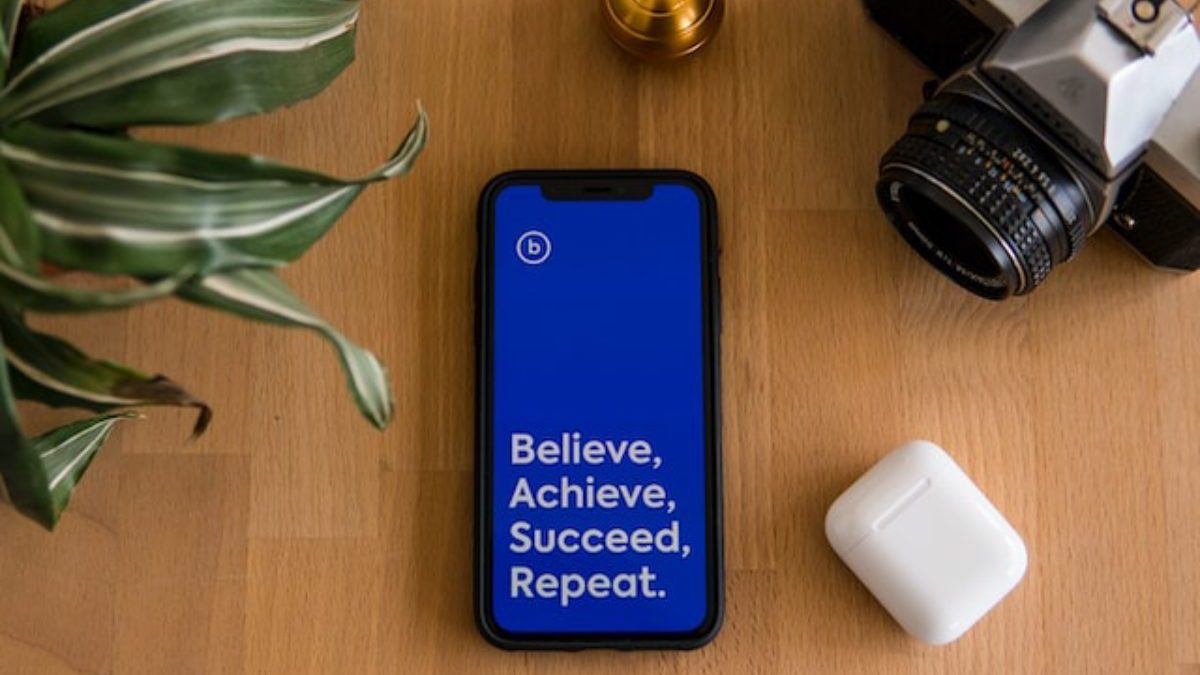Undoubtedly, mobile applications have become an essential element for most companies in the digital era. As smartphones are more commonly used, businesses are opting for mobile app creation to reach their audiences in a more effective manner. Nevertheless, merely having an app is insufficient. To genuinely engage customers, an app must be seamless, operational, visually appealing, and meet user expectations.
Selecting the appropriate technology stack is one of the most significant decisions during the development process. Flutter, a relatively new technology, has gained popularity in recent times. This article will explore why Flutter has become so prevalent and why it is deemed future-proof.
Table of Contents
ToggleAbout Flutter
Flutter, which is a framework developed by Google, is an open-source technology built using the Dart programming language. It was introduced in 2018 and enables developers to create mobile, desktop, and web applications utilizing a unified code base. We consider it to be the top preference for cross-platform application development, providing reliability, protection, and support.
Flutter has piqued the interest of major corporations such as Uber, BMW, Alibaba, Airbnb, eBay, and Google, who all employ it in their mobile apps. Below are the reasons for their choice:
Single Codebase
Flutter streamlines the app development procedure with its singular codebase capability. It enables developers to produce a unified codebase for iOS and Android platforms, reducing app development time and time-to-market. A singular codebase also decreases the need for extensive testing and maintenance, as well as increases business effectiveness and efficiency.
Simplified customization
Thanks to its singular codebase, apps created with Flutter are incredibly versatile, enabling modifications and updates to be immediately visible on both iOS and Android. The Hot Reload feature also allows developers to modify code while the app is in use, making it possible to verify improvements almost instantly. This feature decreases maintenance expenses, allowing business owners to concentrate on other areas of their enterprise.
Ideal for MVPs
Flutter is well-suited for businesses of all sizes but particularly advantageous for startups with limited budgets who want to begin with a Minimum Viable Product (MVP). With economic development expenses and a shorter time-to-market, Flutter simplifies the creation of an MVP and accelerates the gathering of customer feedback. Furthermore, Flutter provides all the necessary tools for app development and integrates seamlessly with popular cloud platforms like Firebase and AWS, which offer useful features like analytics, authentication, hosting, and storage.
How will Flutter’s popularity increase?
It is undeniable that Flutter has gained tremendous popularity in recent times. It provides a rapid, adaptable, and effective approach to developing high-performance iOS, Android, and web apps. As we approach 2023, it is intriguing to contemplate what the future might hold for Flutter and its place in the mobile app development environment.
- The expanding demand for cross-platform mobile app development solutions is an undeniable trend that is anticipated to continue. Companies and developers are seeking approaches to reach a larger audience and reduce development expenses, making Flutter an appealing alternative due to its ability to construct apps for multiple platforms utilizing a unified codebase. This is expected to fuel further adoption of Flutter in 2023 and beyond.
- Flutter’s growth may be influenced by another factor, which is the rising significance of widgets in mobile app development. By prioritizing widgets, Flutter simplifies and accelerates the creation of beautiful, customized, and interactive user interfaces. As the mobile app development sector expands, the importance of widgets is expected to become even more crucial, making Flutter an excellent selection for developers who want to design inventive, visually stunning applications.
- Furthermore, Flutter is projected to advance in the upcoming years, with the frequent addition of new features and improvements. This could consist of supporting new platforms and devices, as well as enhancing performance and efficiency. Google has already demonstrated its dedication to Flutter by devoting substantial resources to its development, and this commitment is anticipated to continue in the future.
- The increasing popularity of the Dart programming language is another trend that is likely to boost the adoption of Flutter. Dart, which is employed to write applications, is gaining prominence due to its simplicity and user-friendliness. As more developers become acquainted with the language, it is expected that more of them will embrace Flutter as a development platform.
- Furthermore, the Flutter community is expanding rapidly and playing a crucial role in the development of the framework. With the increasing number of developers and companies contributing to Flutter, it is expected that more features, tools, and libraries will be added, thus increasing its power and versatility.
- Lastly, the emergence of the Internet of Things (IoT) is also anticipated to influence the future of Flutter. As IoT devices are becoming increasingly ubiquitous, there is an increasing demand for developers who can design applications that can interact with these devices and collect and process data from them. Flutter’s capability to work with multiple devices and platforms makes it an ideal choice for this type of application development, which could potentially lead to a surge in demand in the IoT sector.
How will Flutter evolve in 2023?
The recent Flutter Forward conference for developers has concluded and provided a roadmap for the future development of Flutter and Dart. The latest updates, Flutter 3.7 and Dart 2.19, come with new features and enhancements that simplify the process of the building of visually engaging and high-performance mobile applications for developers.
- This update includes the full migration of Material 3, the newest version of the Material Design guidelines, to Flutter. This migration brings new animations, improved typography, and new color schemes to the framework. As a result, developers can now utilize the latest Material Design features in their applications.
- Flutter has had an adaptive layout since its inception, which enables developers to build apps that can adapt to various screen sizes and orientations, providing a consistent and optimal user experience on any device. With the latest updates, Google is placing even more importance on this feature, reinforcing its commitment to making a versatile and user-friendly platform.
- The latest version of Flutter comes with new features, such as custom menu bars and cascading menus, and an improved way of selecting text with scrolling context. Additionally, the team has resolved the jank animation issues on iOS devices, which will make animations smoother and more seamless.
- Lastly, various novel widgets have been added, such as CupertinoListSection, CupertinoListTile, AnimatedGrid, and SilverAnimatedGrid, giving developers more choices and flexibility when designing user interfaces. These widgets make it easier for developers to create sophisticated and visually pleasing applications with less time and effort.
In summary, the news and improvements announced at Flutter Forward showcase the framework’s dedication to advancing and delivering high-quality solutions, and developers should anticipate further progress and innovation within the Flutter ecosystem.
Flutter meets the needs of even the most challenging requirements.
To sum up, Flutter is a sought-after and long-lasting option for creating mobile apps, providing a unified codebase, affordable minimum viable product development, and straightforward customization. At Applover, we are confident that Flutter’s emphasis on creating cross-platform applications, personalized user interfaces, ongoing enhancements, and the capacity to create IoT apps makes it well-prepared to fulfill the needs of the mobile app development sector in 2023.
Related posts
Hot Topics
Term insurance: why it’s a must-have for young professionals
Beginning a new career is a significant milestone not only in terms of finances but also in terms of responsibilities….
Why Healthcare workers Need Stronger Protections
In recent years, our healthcare system has faced unprecedented challenges, with one disturbing trend standing out: the alarming rise in…



